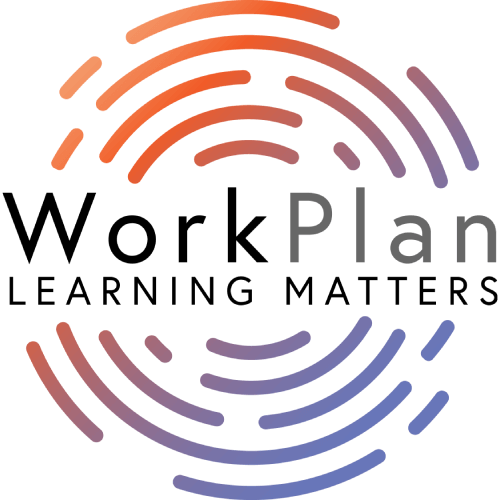A Learning Management System (LMS) can significantly impact employee growth and development. However, the challenge often lies in maintaining high levels of engagement with the learning experiences in the LMS. Here are some 7 strategies I have found to boost engagement with learning content delivered through an LMS:
1. Incorporate Interactive and Multimedia Content
One of the most effective ways to engage learners is to use a variety of content formats within the LMS. Interactive elements such as simulations and scenario-based learning make the experience more dynamic and engaging. Additionally, incorporating multimedia like videos, podcasts, and infographics caters to different learning styles and breaks the monotony of text-heavy courses.
Strategy: Replace lengthy text modules with short, interactive videos followed by quizzes or reflection activities to reinforce learning.
2. Personalise Learning Paths
Learners are more likely to engage with content that is relevant to their roles and career goals. By using the LMS’s tracking and analytics features, you can identify individual learning needs and create personalised learning paths. This customisation helps team members feel that their learning journey is directly aligned with their professional development.
Strategy: Create role-specific courses and allow team members to choose learning modules based on their skill gaps or career interests.
3. Enable Social Learning and Collaboration
Learning is often more engaging when it is collaborative. An LMS with social learning features, such as discussion forums, peer reviews, and group activities, enables team members to learn from one another. This interaction helps build a sense of community and makes learning more relevant by connecting it to real-world experiences and problem-solving.
Strategy: Incorporate discussion boards and peer review assignments into your courses, encouraging team members to share insights and learn collaboratively.
4. Integrate Coaching and Mentorship
Incorporate coaching and mentoring elements within the LMS to provide personalised support and guidance. When team managers or mentors are involved, employees are more motivated to participate and stay engaged. Regular check-ins, feedback, and one-on-one sessions create an environment of continuous learning and improvement.
Strategy: Set up checkpoints within learning courses where managers can provide feedback, and schedule regular coaching sessions to discuss progress.
5. Provide Flexibility with Microlearning
Incorporating microlearning – short, focused learning modules – allows team members to engage in bite-sized content that fits into their busy schedules. This flexibility makes it easier for them to stay engaged, as they can learn at their own pace and access content on-demand.
Strategy: Break down complex topics into a series of short modules that can be completed in 5-10 minutes, ideal for just-in-time learning.
6. Recognise and Reward Participation
Acknowledging team members’ efforts and achievements is a powerful motivator. Use the LMS to track progress and provide certificates, rewards, or public recognition for completing courses or hitting learning milestones. This positive reinforcement not only boosts engagement but also fosters a culture of continuous learning.
Strategy: Create a monthly “Learner of the Month” award based on course completion and participation, with recognition during team meetings or on internal platforms.
7. Gather Feedback and Iterate
Continuously improving the learning experience is key to maintaining engagement. Regularly collect feedback from team members about the courses, delivery methods, and overall experience. Use this feedback to make adjustments and show team members that their input is valued, further encouraging them to participate actively in the learning process.
Strategy: Include short, anonymous surveys at the end of each course to gather insights and identify areas for improvement.
Final Thoughts
Boosting engagement in an LMS requires a combination of interactive content, personalisation, social elements, and ongoing support. By implementing these strategies, you can create an engaging, dynamic learning environment that motivates team members and fosters a culture of continuous improvement. The key is to make learning relevant, enjoyable, and adaptable to the needs of your workforce.
Contact us for more information.
Phone: 1300 726 708
Email: contact@workplan.com.au
